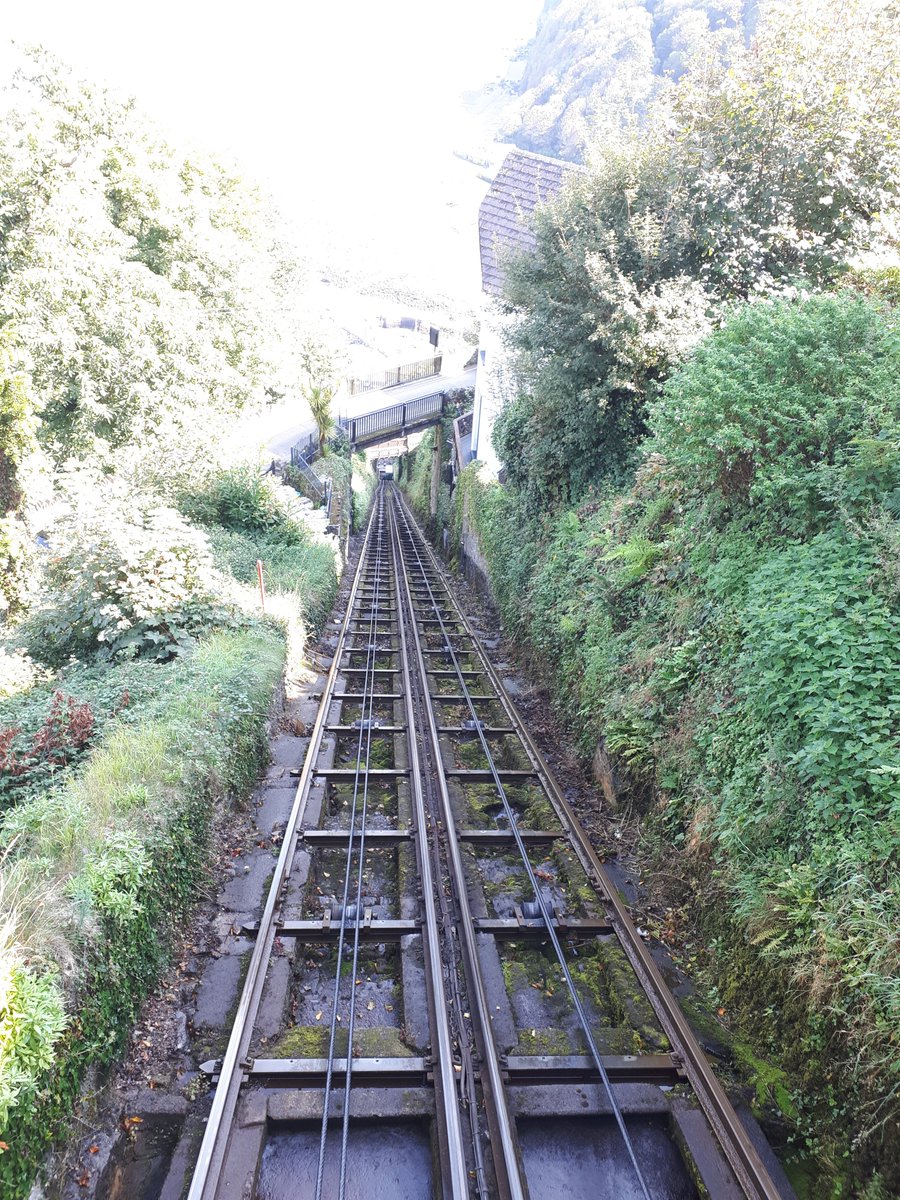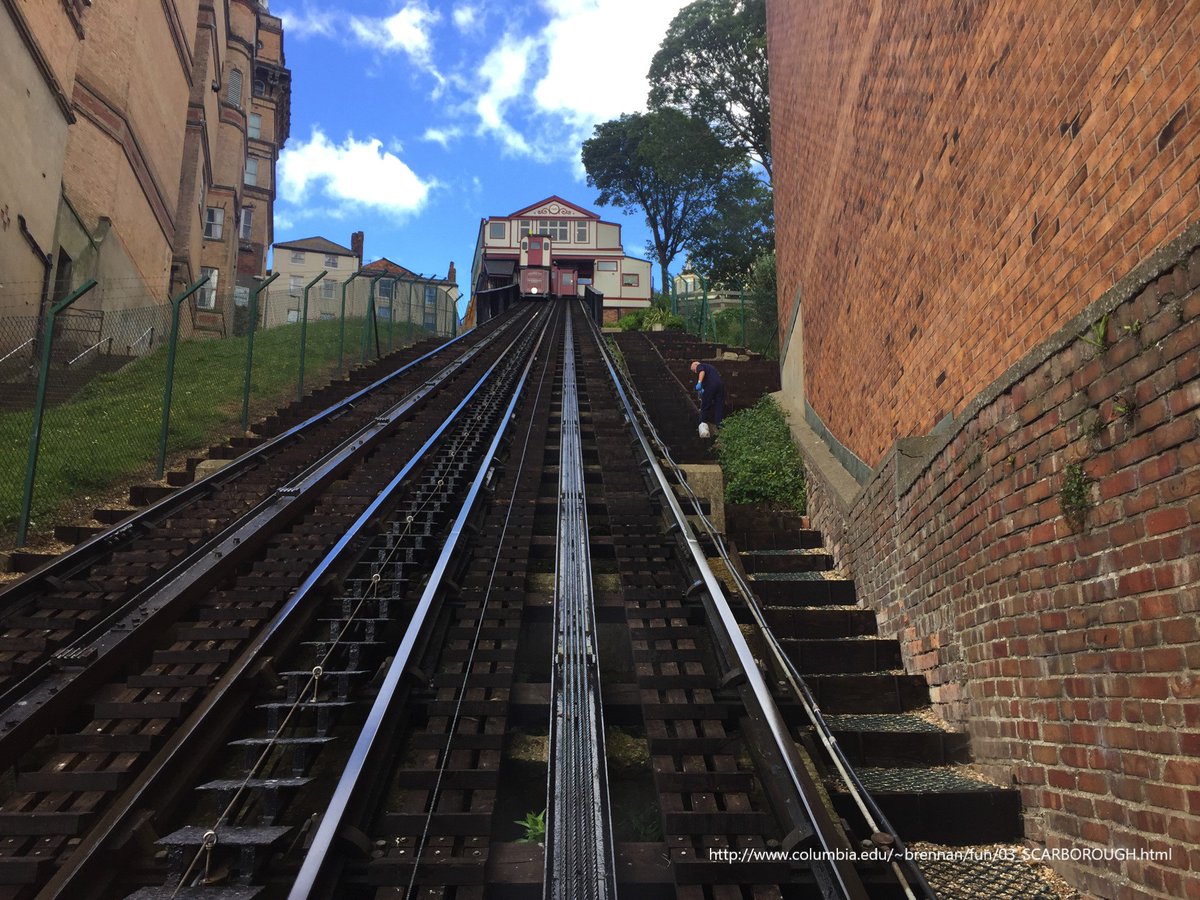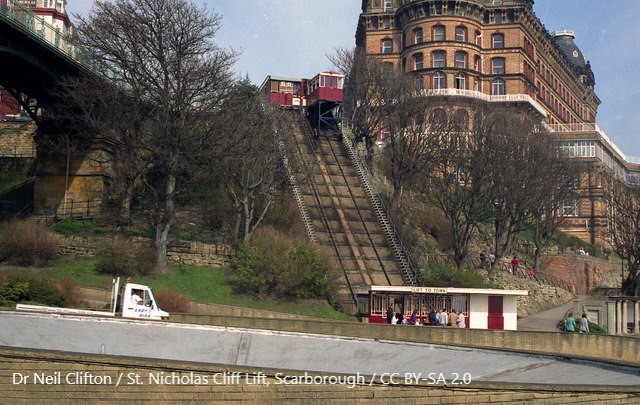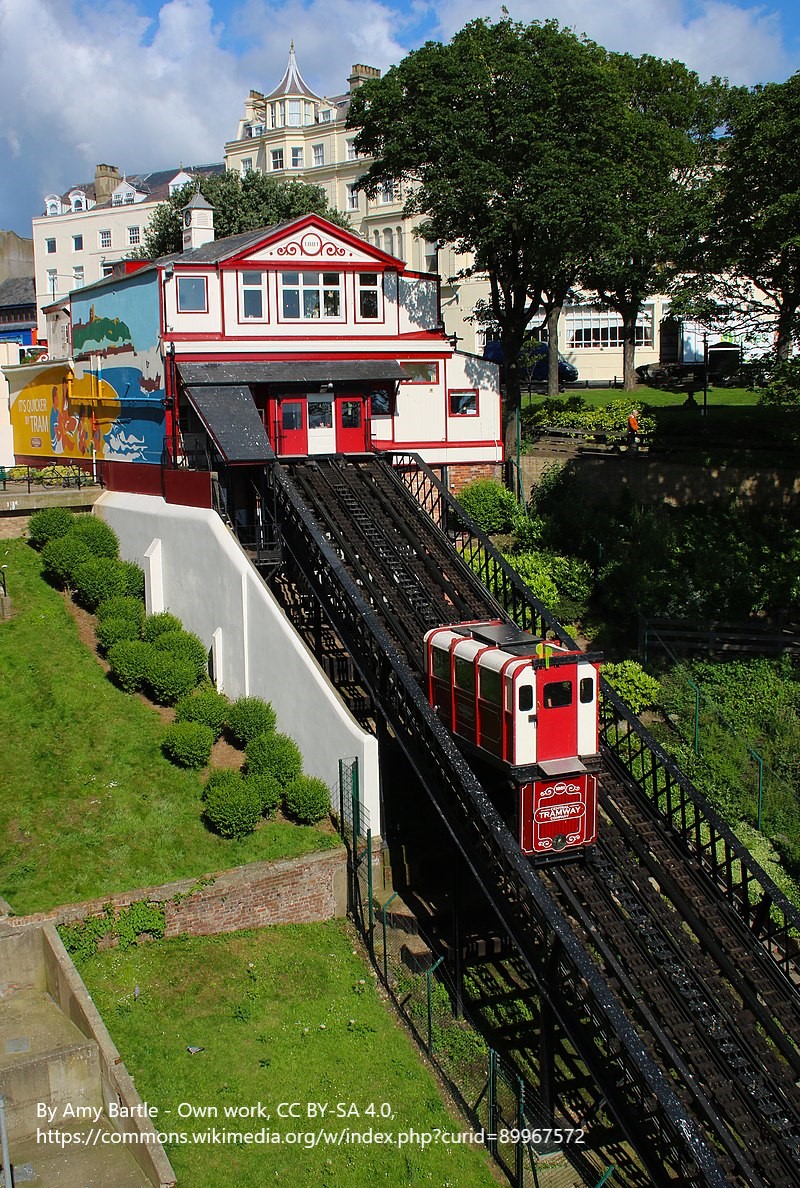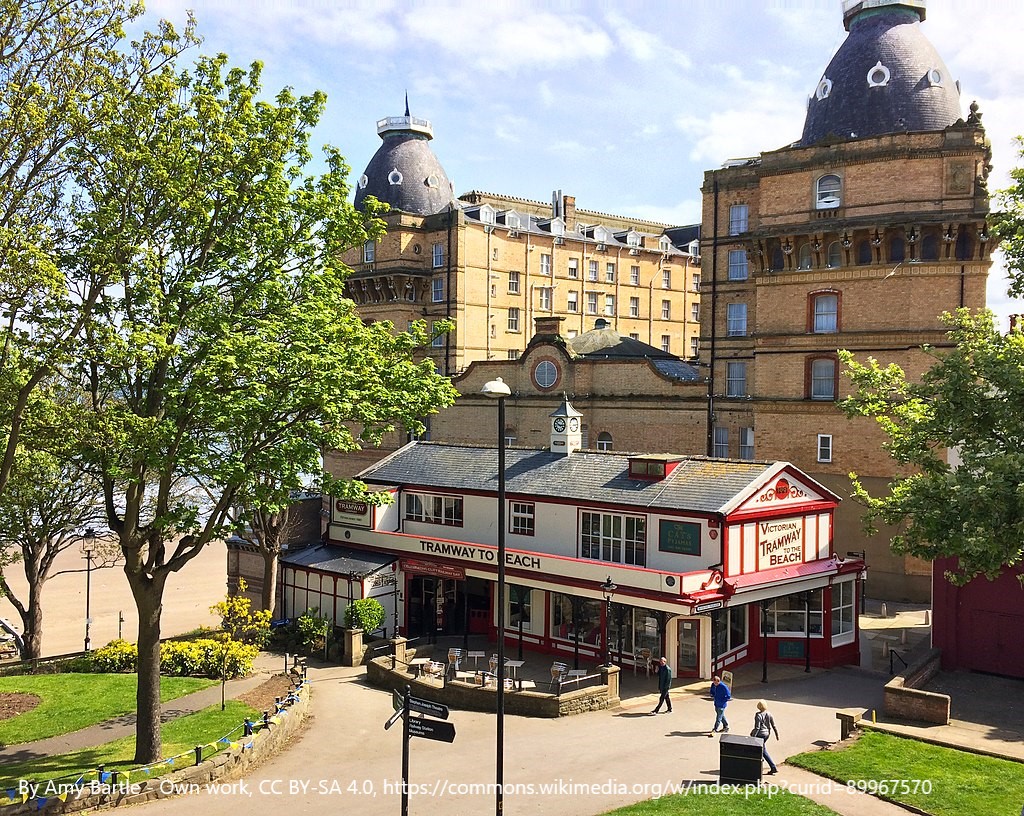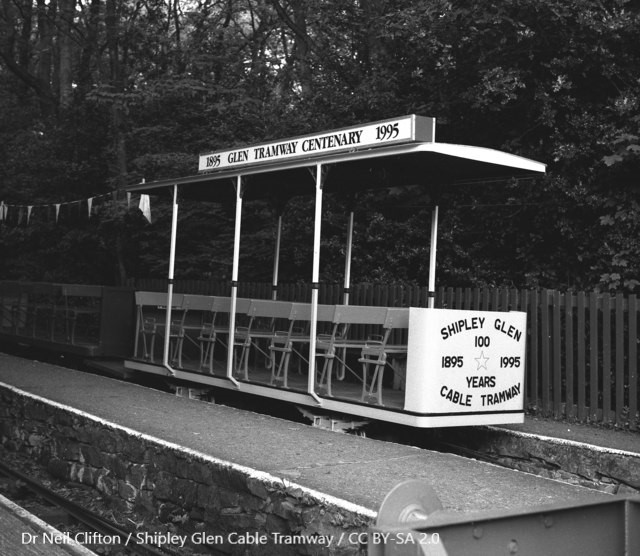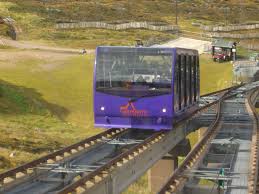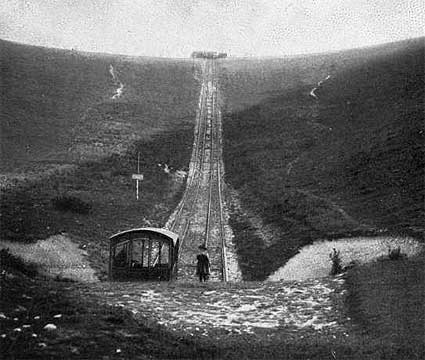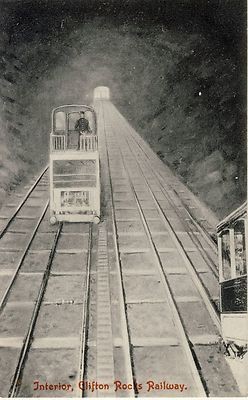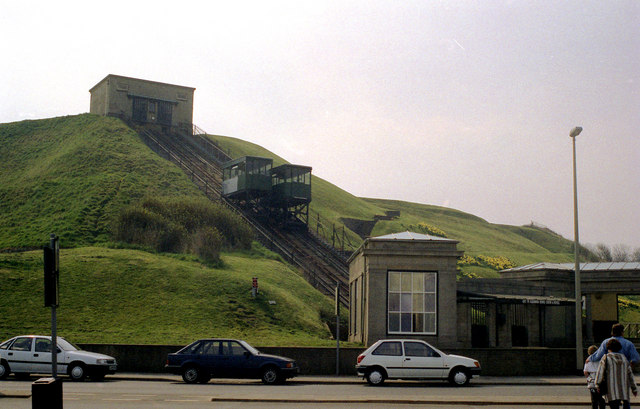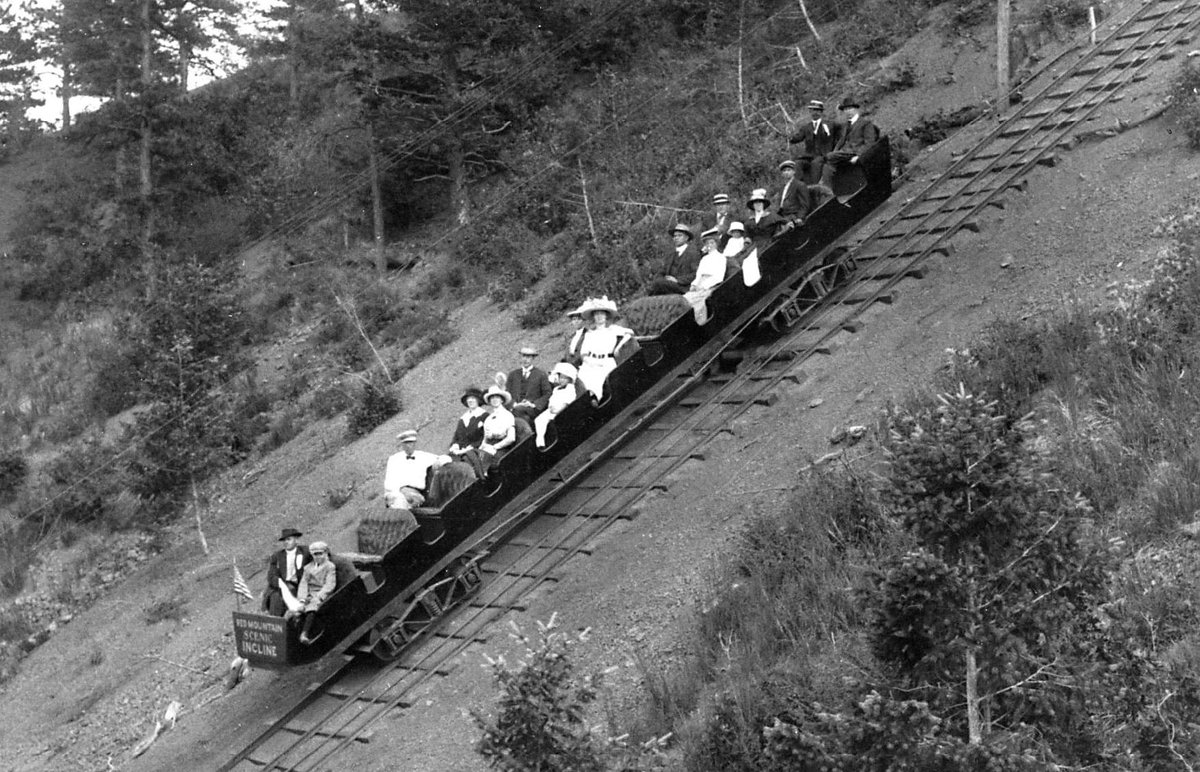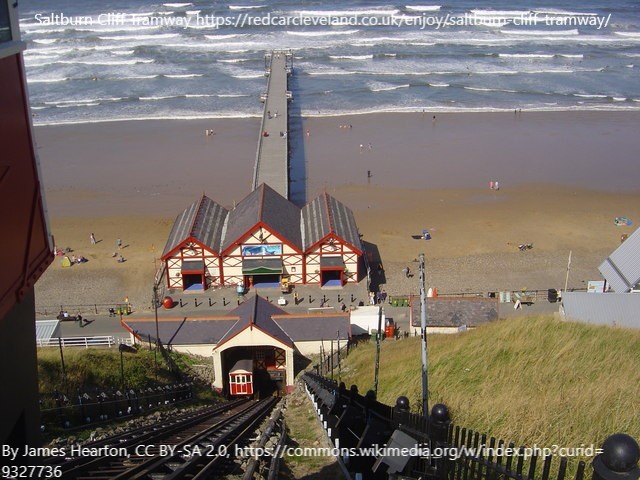1/19 Funiculars are the ultimate in democratic transport: 1 class, 1 fare and 1 destination. Their popularity coincided with the mid – late Victorian explosion in leisure & their geographical spread reflects this: as mass transport they are largely a seaside phenomenon #BIAG20
2/19 They are the passenger end of a very long tradition of wire rope haulage, a key component of the industrial revolution with numerous inclined planes in every industrial location as well as aerial ropeways, blondins, chain ferries & transporter bridges #BIAG20
3/19 Once prolific, few inclines remain today. An exception is @bowes_railway, a magnificent survivor of a once pivotal & integrated transport network across the Durham coalfield. Archaeological fragments still exist for connecting ropeways in Weardale & Derwentside #BIAG20
4/19 There are 2 main types of funicular propulsion, water balanced & directly powered cars. Water balanced examples are among the earliest: with the exception of @CentralTramway the first 5 mainland UK examples were all water powered. #BIAG20
5/19 Water is allowed in or out of an onboard tank to offset the load of the other car, enabling it to move on releasing the brakes; gravity & the slope do the rest. If necessary, steam power was the primary source to pump water to the top station or for powering the rope #BIAG20
6/19 @LLCliffRailway is unique in that it remains entirely water powered, being header tank fed from the West Lyn river. Eventually all steam powered engines were replaced with electrically driven machines for pumping or powering the haulage #BIAG20
7/19 There were two main car body shapes to accommodate the angle of the slope, either flat bottomed on a triangular four wheeled bogey frame or stepped cars. With a few exceptions, notably @LLCliffRailway & #Aberystwyth Cliff Railway, most cars are now of the former type #BIAG20
8/19 The founding fathers of funicular technology were George Newnes, maverick publisher, and George Marks, entrepreneurial engineer. They were involved in at least 7 funicular projects, home and abroad. Of these, 5 splendid UK examples remain #BIAG20
9/19 Although Marks had previously been involved in the design of Saltburn @clifftramway (slide 19), their first joint project was @LLCliffRailway. It was in response to the challenges and opportunities of the geography of his home area, Lynton and Lynmouth in north Devon #BIAG20
10/19 Reacting both to his need to travel by car up a 1:3 hill from Lynmouth & to his horror of seeing the ‘poor labouring beasts’ struggling with loads up the slope, Newnes saw the opportunity afforded by the River Lyn ‘roll[ing] down like a torrent’ to harness its power #BIAG20
11/19 Opening in 1890, @LLCliffRailway has impressive statistics: 862 feet long, with a top station 500 feet above the lower station, providing an inclination of 1:1.75 feet. With the power of water alone it takes just 2.5 minutes to reach the top #BIAG20
12/19 It is also unique in that the car bodies can be removed to fulfil one of its original purposes of transporting cars and people, avoiding the slope & saving their engines (& nerves). Here is Newnes out for a motor in c.1900: old technology gives new a helping hand #BIAG20
13/19 If Newnes and Marks are the founders of UK funicular development then #Scarborough is its spiritual home: the town boasted 5 funiculars, but only 2 exist today. These include the earliest @scarboroughspa in 1875, & my favourite @CentralTramway in 1881 #BIAG20
14/19 @CentralTramway has the distinction of being the earliest UK funicular to be mechanically powered, initially by steam engine & now by a 60bhp electric motor installed in 1931. With a journey time of 46 seconds & a length of 247ft it manages the 1:2.4 slope with ease #BIAG20
15/19 Not all UK funiculars are coastal: in W Yorkshire @ShipleyGlenTram has taken visitors to the glen’s pleasure garden from Saltaire for 125 years. An entrepreneurial gamble, this charming example of Victorian leisure transport has an unusually narrow gauge of 1ft 8” #BIAG20
16/19 Undulating through picturesque woodland, 2 35 bhp electric motors transport passengers 1178 ft in two ‘toast rack’ style cars in 2.25 minutes. The carriages are notable, having a jolly fairground air rather than the Victorian splendour of a traditional funicular car #BIAG20
17/19 Here are some of the funiculars that have not survived: with the demise of the British seaside holiday & ever-increasing running & maintenance costs, 15 of the 36 built have closed. The most recent casualty was also the youngest, the 2001 Cairngorm Mountain Railway #BIAG20
18/19 Some remarkable lost funiculars, such as below (the vertical handles in the second image are a later concession to safety!) can be found @funimag: this most comprehensive & worldwide gazetteer is invaluable to any student of #funiculars https://bit.ly/2FxS5c7 ">https://bit.ly/2FxS5c7&q... #BIAG20
19/19 Funiculars represent incredible feats of Victorian & Edwardian engineering, using a legacy of industrial innovation. They demonstrate that era’s determination to conquer all difficulties & solve all challenges with technology, enterprise & considerable flair #BIAG

 Read on Twitter
Read on Twitter
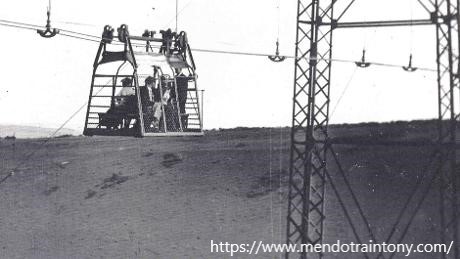
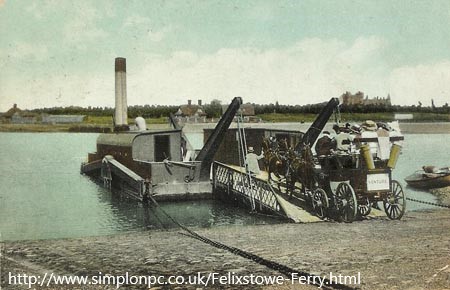
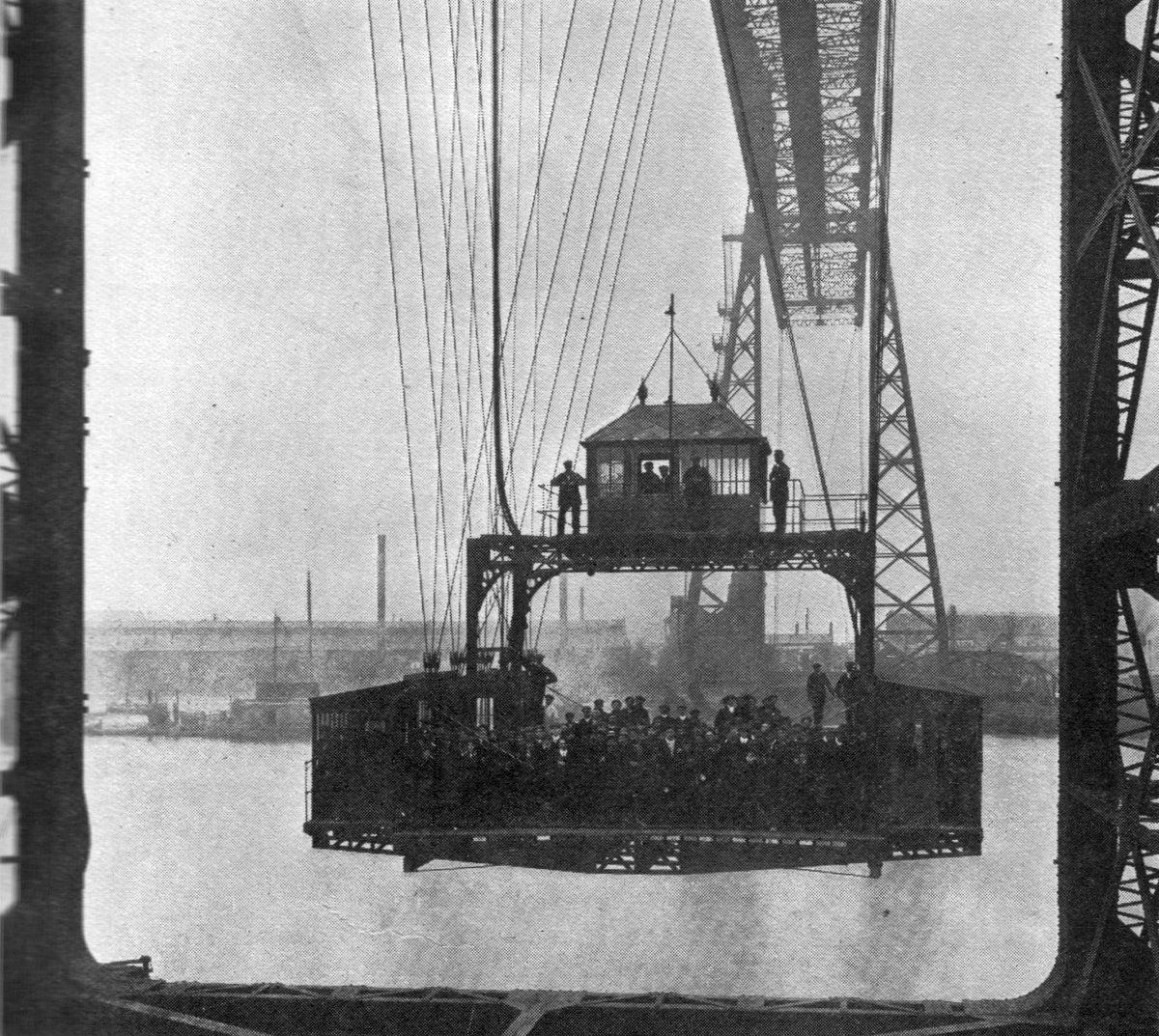
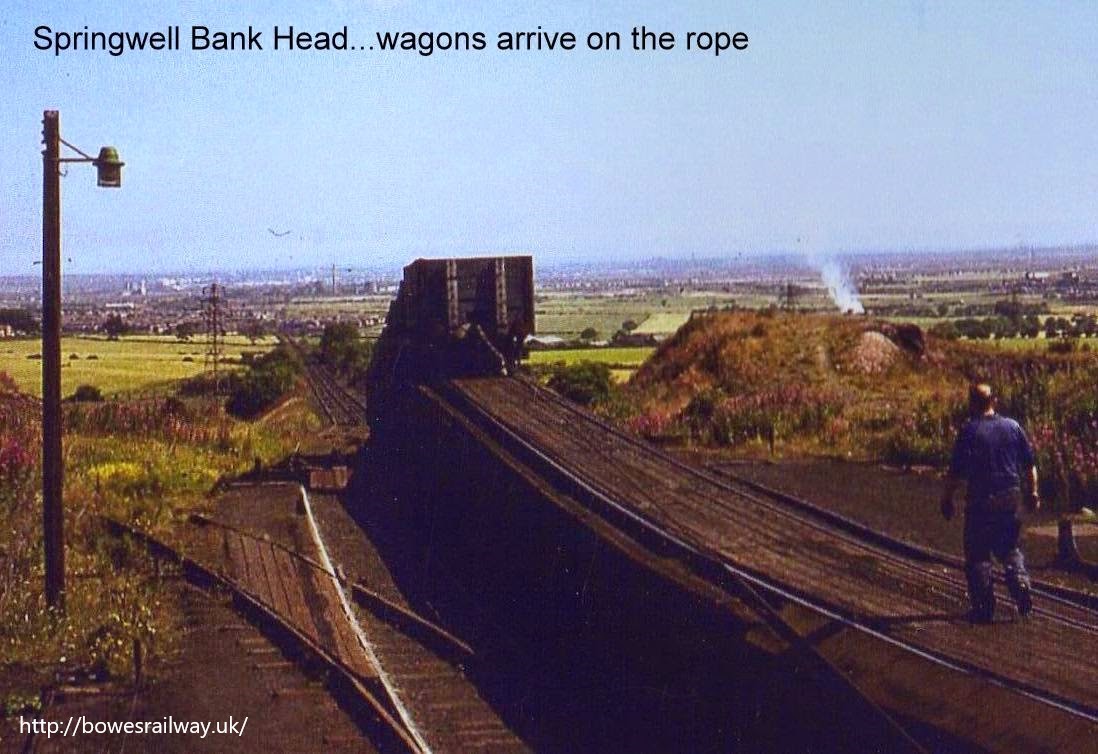
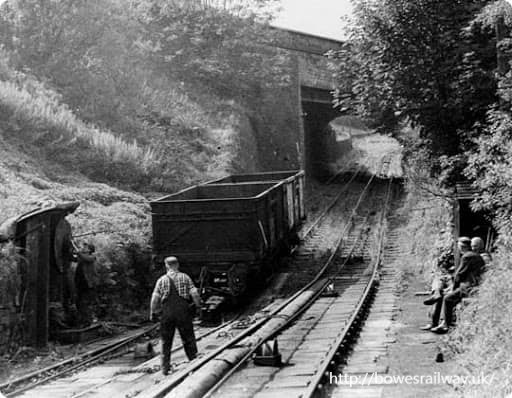
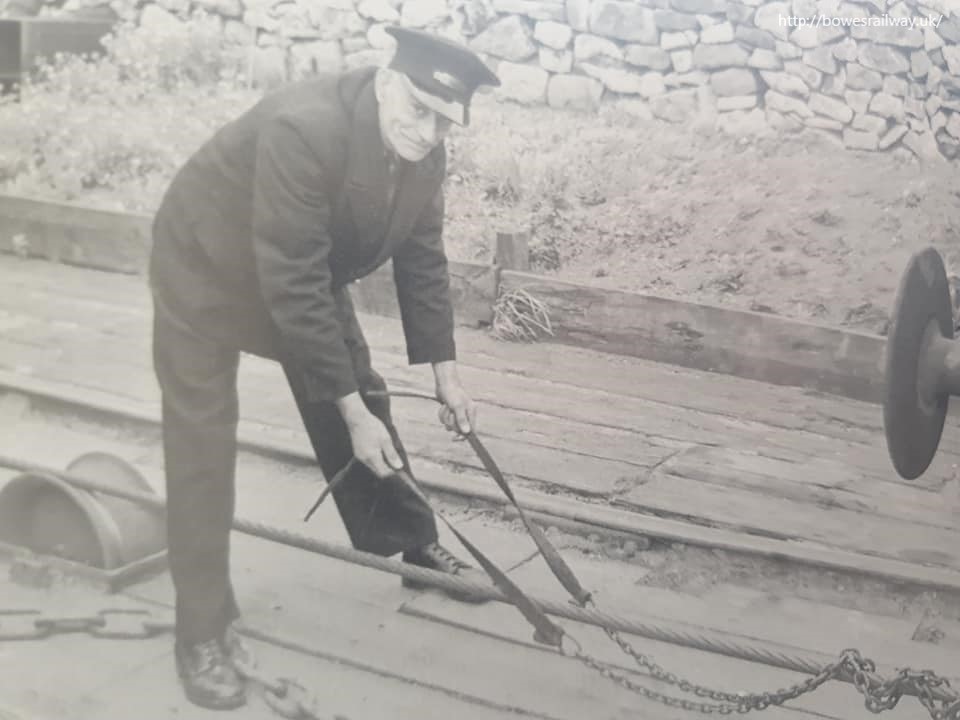

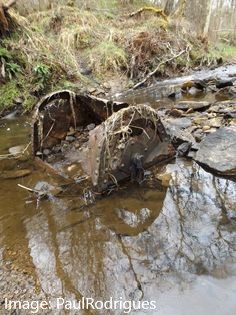
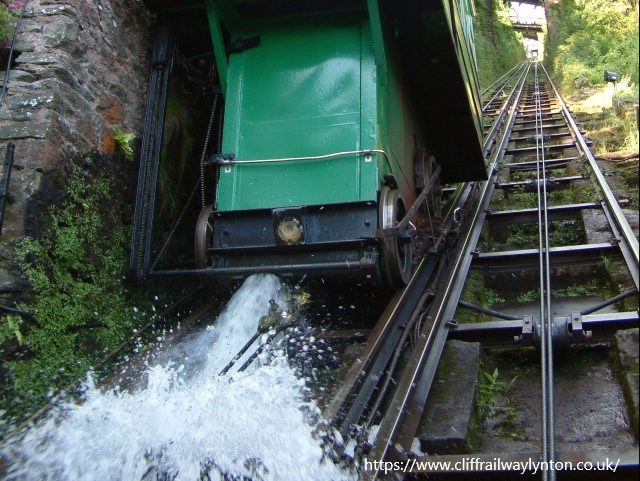

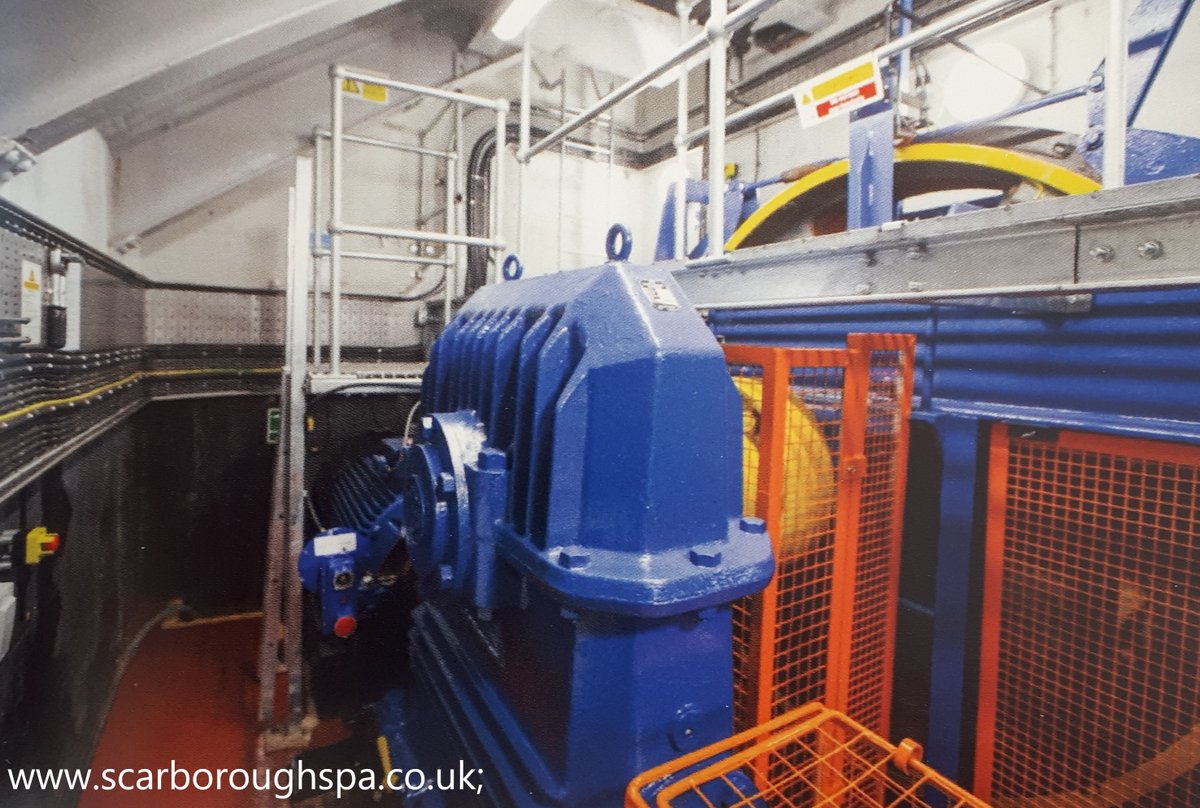
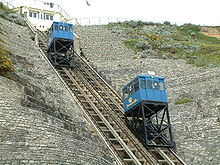
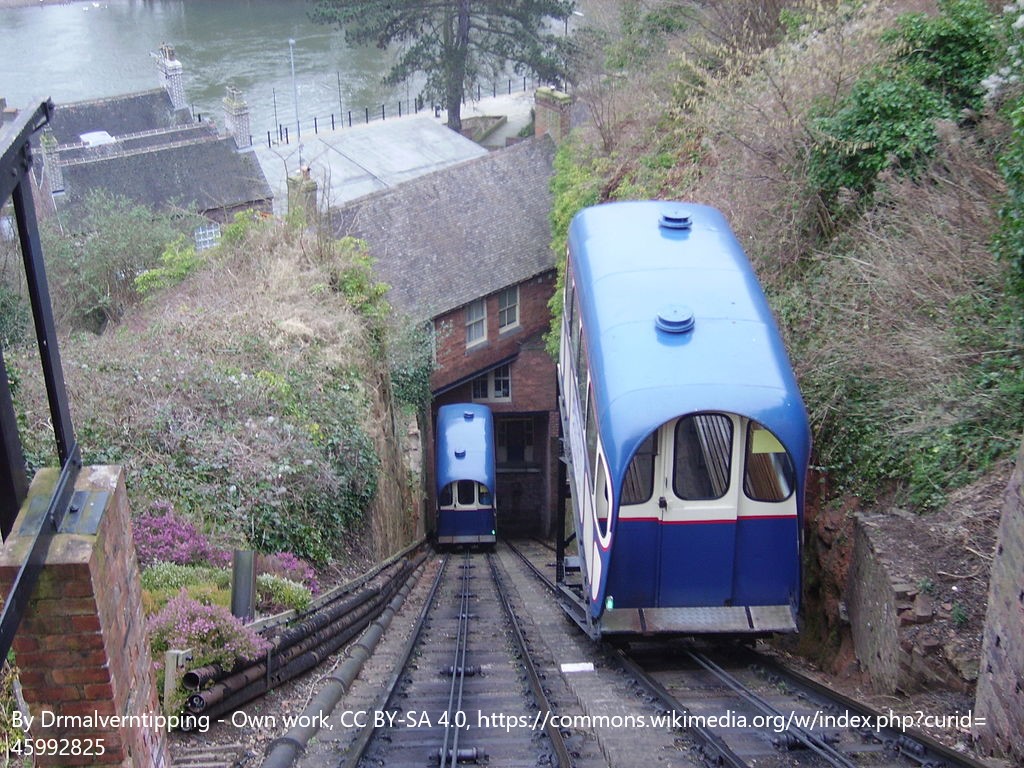
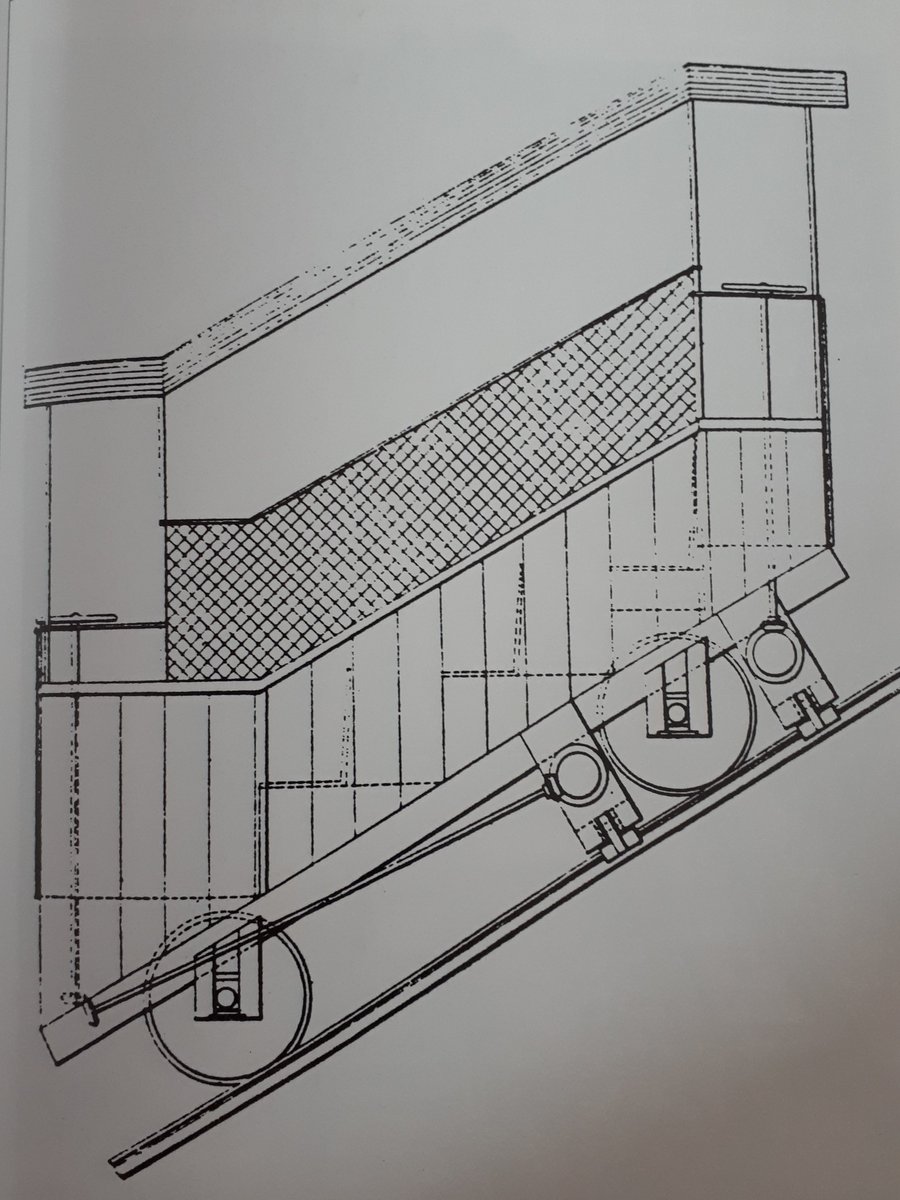

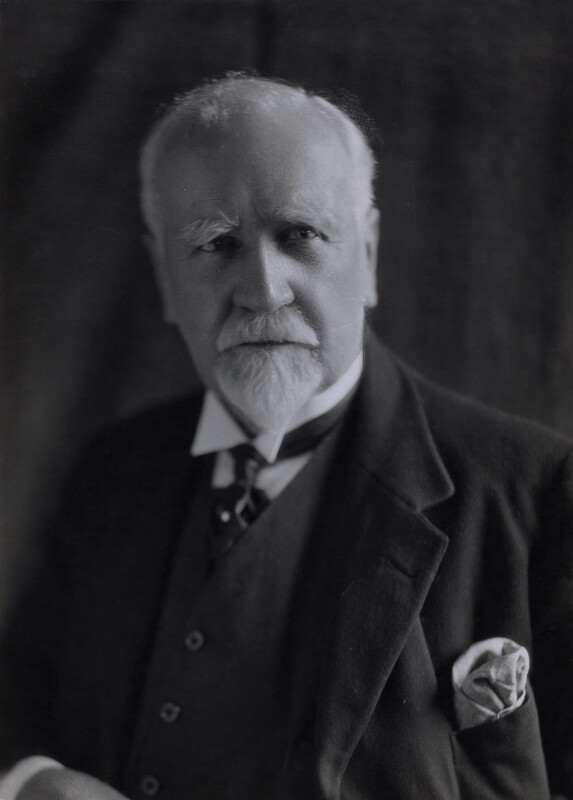

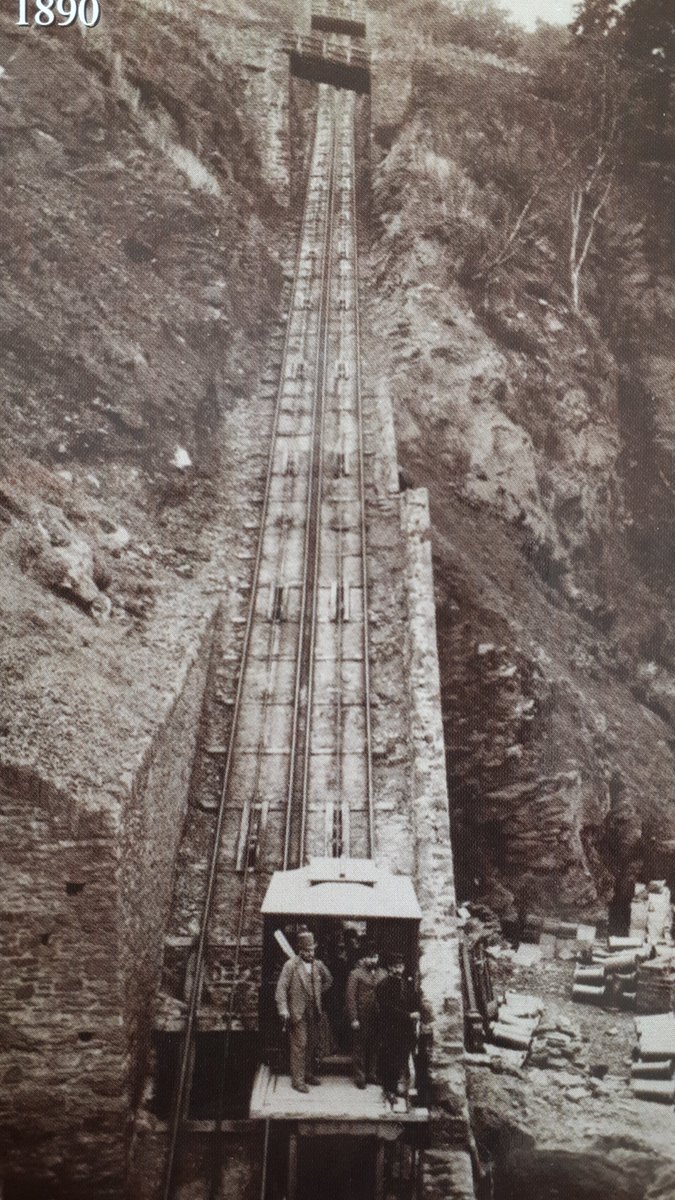
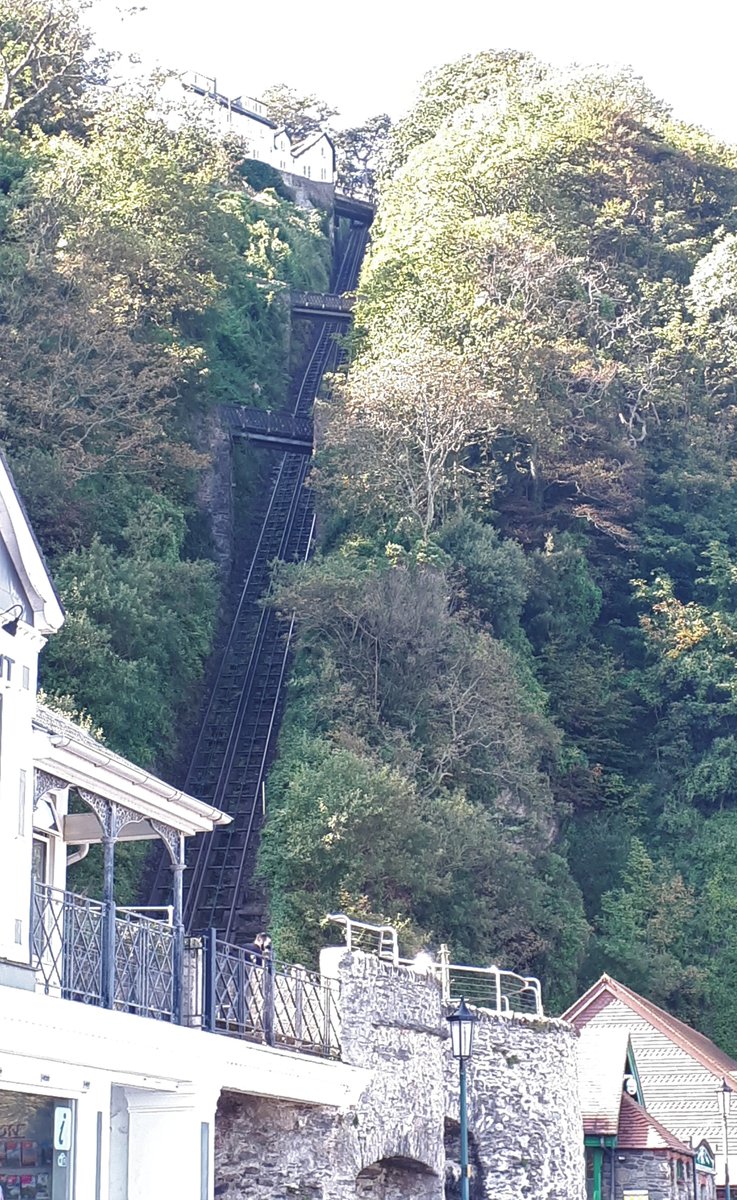
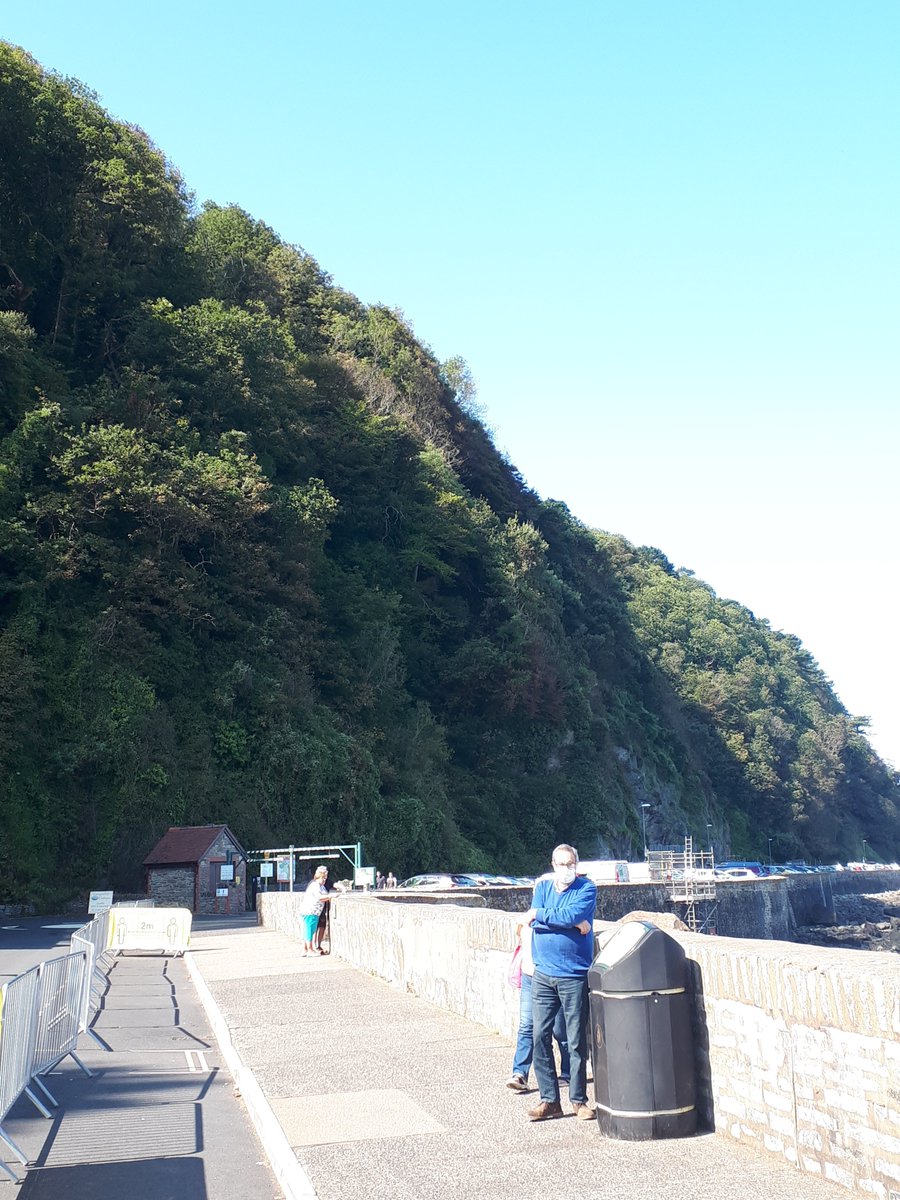
![10/19 Reacting both to his need to travel by car up a 1:3 hill from Lynmouth & to his horror of seeing the ‘poor labouring beasts’ struggling with loads up the slope, Newnes saw the opportunity afforded by the River Lyn ‘roll[ing] down like a torrent’ to harness its power #BIAG20 10/19 Reacting both to his need to travel by car up a 1:3 hill from Lynmouth & to his horror of seeing the ‘poor labouring beasts’ struggling with loads up the slope, Newnes saw the opportunity afforded by the River Lyn ‘roll[ing] down like a torrent’ to harness its power #BIAG20](https://pbs.twimg.com/media/Eh-CMGgXcAEeD7v.jpg)
